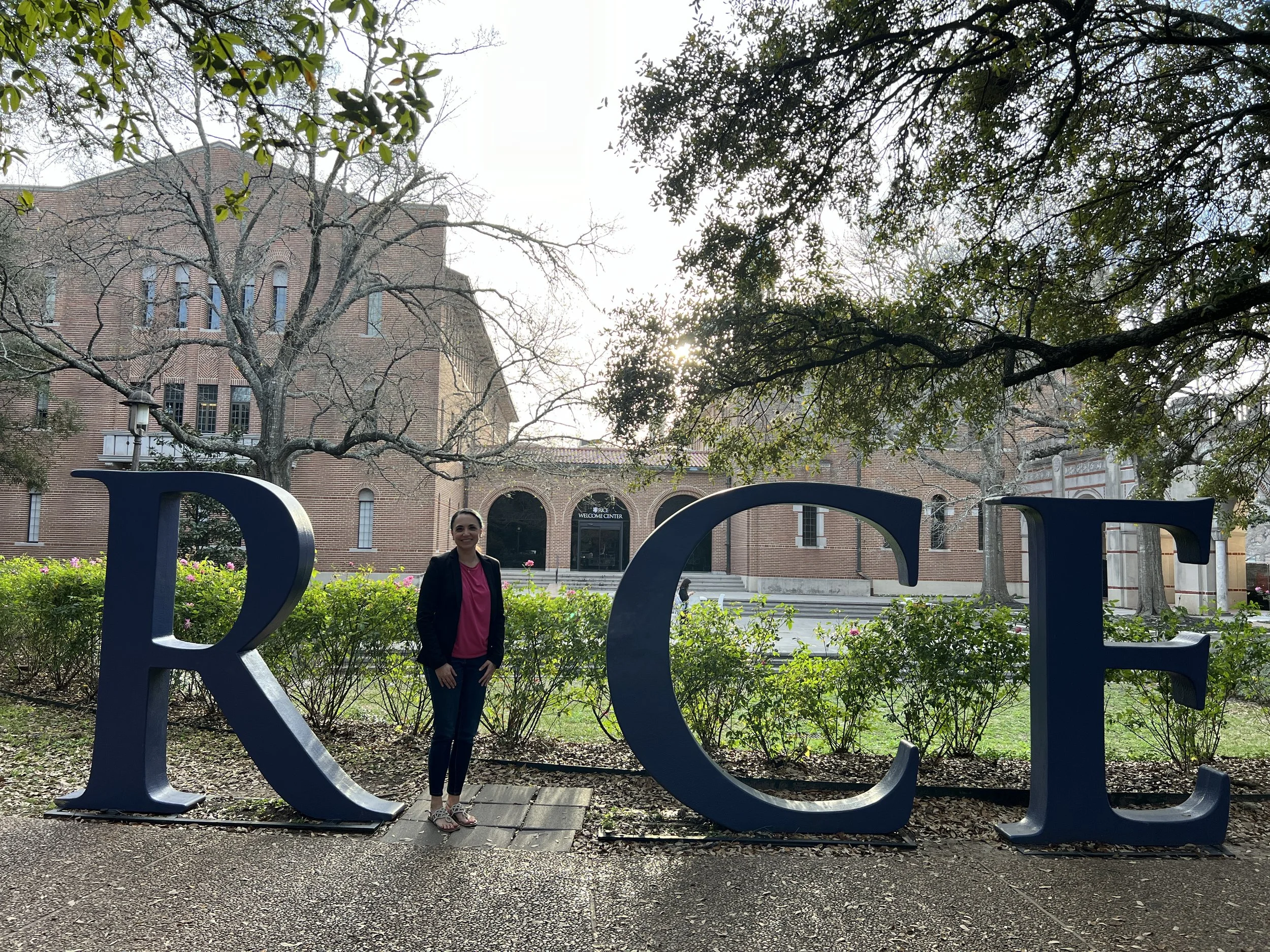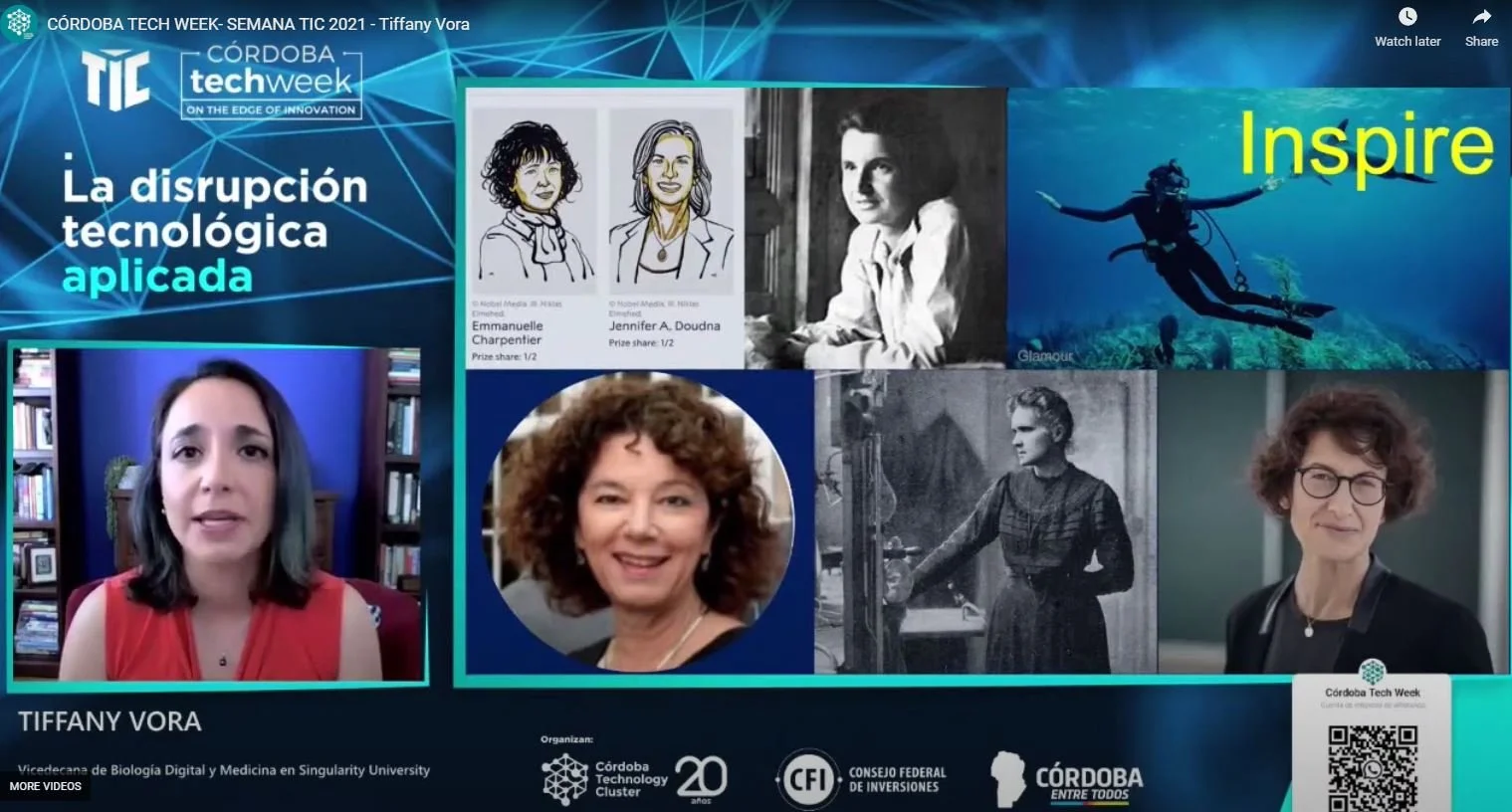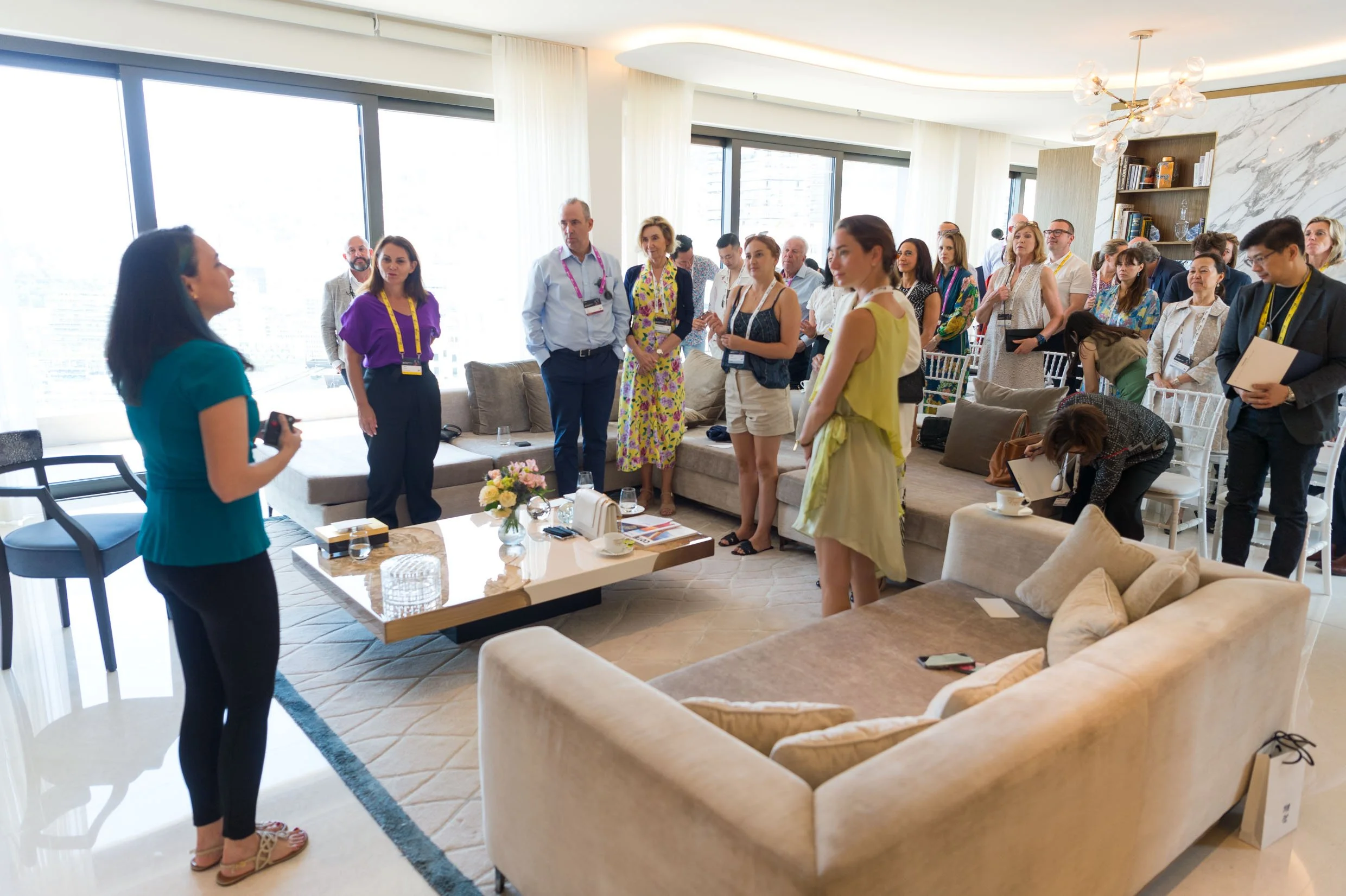Why Science Communication Matters (And How You Can Get Started)
Early this year, I visited Rice University to talk about science communication. This is an important meta conversation—one that is particularly important for rising scientists. That’s why I jumped at an invitation from Dr. Scott Solomon and Dr. Lauren Kapcha to be part of their scientific communication course.
Over two fun and insightful sessions, the grad students and I came up with a few important takeaways about science communication:
Sharing the Story of Science
Dr. Tiffany Vora talks about the inspiring stories of Women in STEMM at the Cordoba Tech Week.
We need to share the story of science. Just like a good book, a scientific investigation contains puzzles, twists, red herrings, and rich and dynamic characters. Through storytelling, we can bring everyone along on our investigations … and hopefully excite people about contributing to science in any way that they can!
Meeting People Where They Are
Dr. Tiffany Vora talks about the future of longevity to founders and business leaders at the EY Entrepreneur of the Year.
We need to meet people where they are. Like so many communities, science is full of culture, history, and special language that place barriers between “us” and “them”. Perhaps the most important job of a science communicator is to find common touchstones that serve as anchors for exploring complex or exotic scientific ideas and studies. I use computing analogies when I talk about DNA not because those analogies are perfect—they aren’t—but because most people have some experience with computers.
The Power of Listening
Dr. Tiffany Vora at Ransom Everglades school. Image credits: Nick Otto.
The second most important job of a science communicator is to listen. That’s how we learn about people’s priorities, hopes, and fears. Listening builds trust, which is key to functioning science and functioning society. Trust and understanding reveal ways to tell the story of science that are authentic, truthful—and effective.
As a scientist and keynote speaker, I always look forward to fostering global discussions about the future of humanity. From biotech to medicine to space exploration to AI to health, STEMM increasingly touches our daily lives, and plays a huge role in creating a better future.
What better way to build this future together than to inspire more people in STEMM to tell their stories?
About Tiffany
Dr. Tiffany Vora speaks, writes, and advises on how to harness technology to build the best possible future(s). She is an expert in biotech, health, & innovation.
For a full list of topics and collaboration opportunities, visit Tiffany’s Work Together webpage.
Get bio-inspiration and future-focused insights straight to your inbox by subscribing to her newsletter, Be Voracious. And be sure to follow Tiffany on LinkedIn, Instagram, Youtube, and X for conversations on building a better future.




